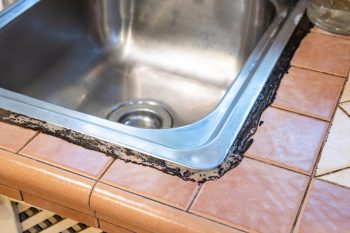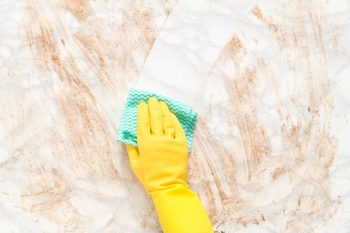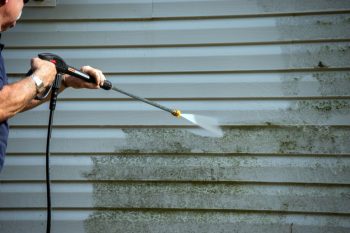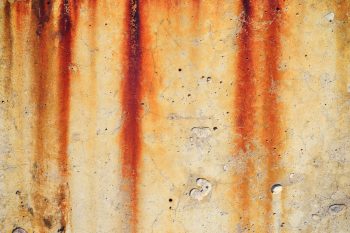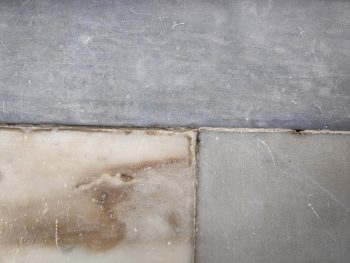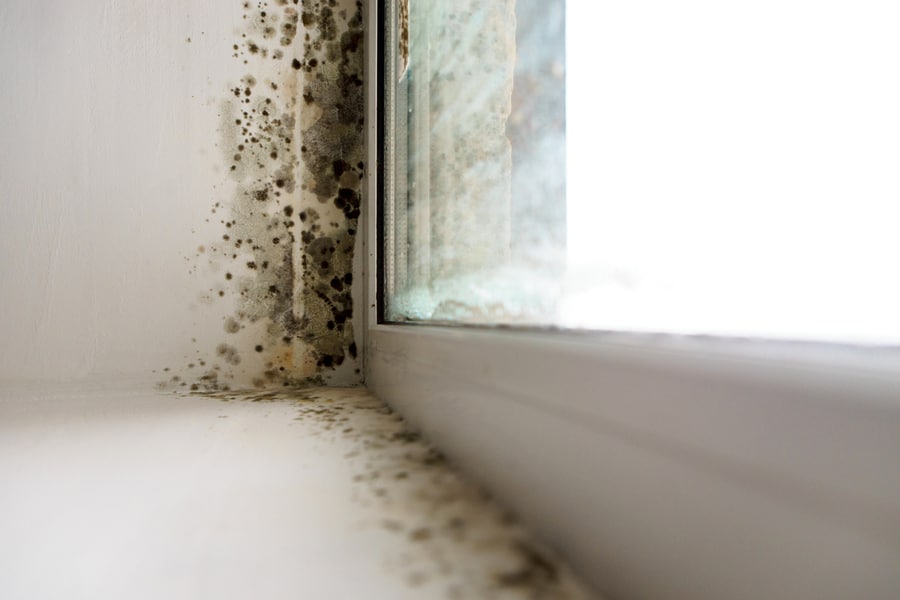
Mold can grow anywhere and everywhere. It feeds on moisture and dampness, which are common on window sills.
So how do you lock the fresh look of your windows forever? You don’t have to search for ideas and tips when we have everything needed to fight off mold.
Fortunately, mold is preventable and treatable as well. You can use vinegar, and baking soda to both remove it and stop its growth in the future. Want to know more hacks? Of course, you do!
This blog post details how to prevent mold growth on window sills. So keep scrolling to learn more.
Mold growth on a window sill is a common problem. Various factors, like condensation, excessive moisture, leaks, and humidity levels, give mold a chance to grow on window sills.
However, there are a few tips that you can follow to prevent mold growth:
- Keep your windows clean. Dust off the dirt using a broom or brush and wipe off any stains with a damp cloth.
- Install humidifiers and dehumidifiers in your home to maintain desired humidity levels.
- Make sure that your house is well-ventilated. For this, keep the vents open for adequate airflow and elimination of excessive moisture.
- Any cracks and splits in your window sills can accumulate moisture on your surface. Fix the cracks using silicone caulk as soon as you see them.
- Fix any water leaks on your window sill to prevent moisture buildup that can result in mold growth.
Causes of Mold on Window Sills
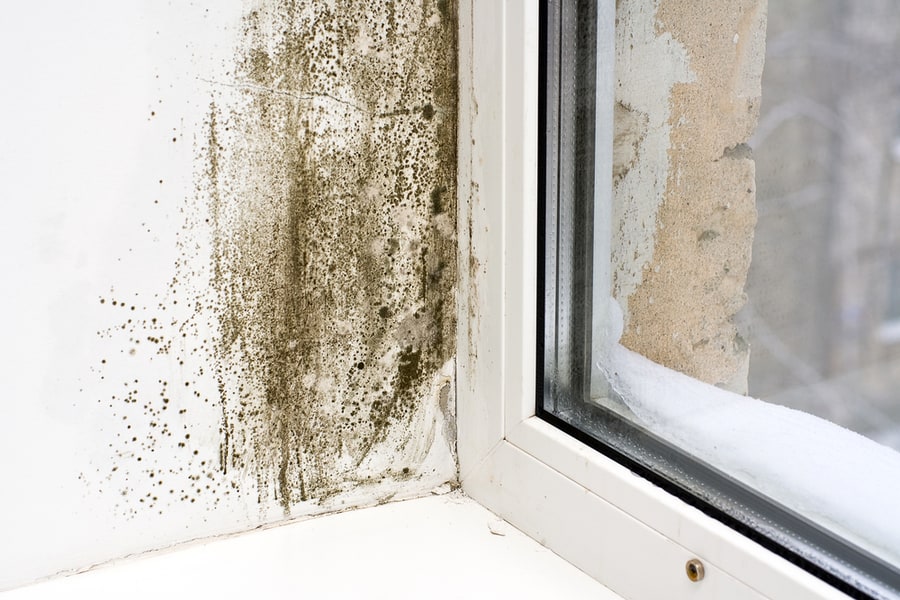
Let’s examine the causes of mold on window sills before learning how to prevent it. There are numerous factors behind mold growth on a window sill, but the primary reason is quite evident – moisture.
Mold can grow on the window sills due to condensation, high humidity levels, and water leaks.
If the source of the mold on your window sills is left unaddressed for a long time, it could lead to serious problems like structural damage or health issues.
Therefore, keep an eye on the following factors to prevent mold growth on your window sills:
- Leaking pipes or plumbing
- Faulty heating and cooling system
- Inadequate ventilation system
- Poor airflow that builds moisture in your home
- Excessive condensation buildup
- Damaged or crooked window frames that allow water accumulation
- Rising damp
5 Easy Tips To Prevent Mold Growth on Your Window Sills
1. Clean Regularly
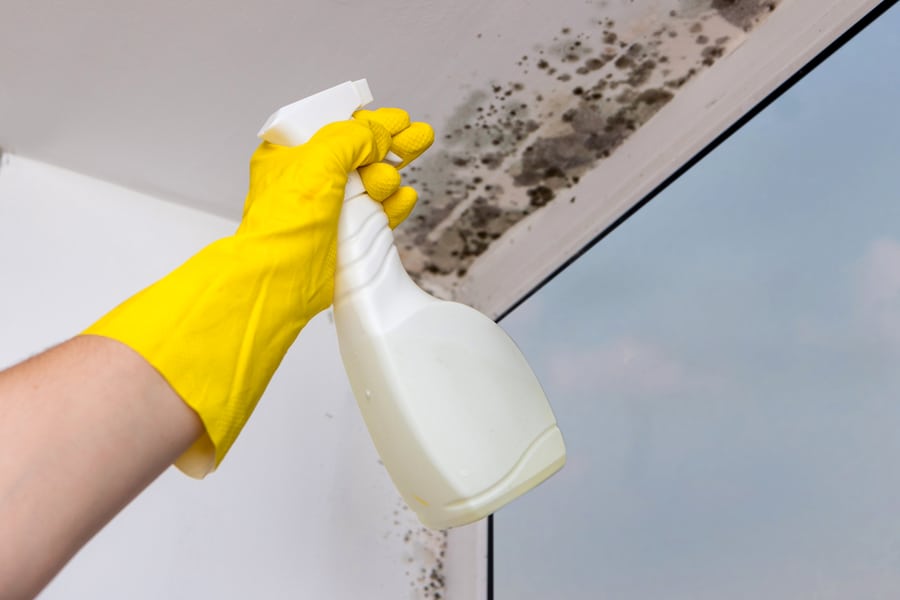
Mold grows in dirty, damp, and dark places. Your window sill is constantly exposed to regular wear and tear and becomes filthy. Therefore, it is necessary to dust off your windows daily with a broom or brush.
Use a mild soap and damp cloth to remove any stains. If mold has already grown on your window sills and returns after regular cleaning, treat it using hydrogen peroxide, baking soda, or undiluted vinegar.
Once removed, keep the sills clean to prevent the growth of mold spores.
Remember not to clean your window sills with a dripping cloth that can build moisture n the surface of your window frame.
2. Maintain Humidity Level

The humidity level around your window sills plays a primary role in producing moisture. During summers, the humidity level should not increase above 50-60%, and in the winter, it should be less than 40%.
To maintain a proper humidity level during hot weather, install a dehumidifier and use it to remove extra moisture. Also, use humidifiers to reduce the effects of condensation in the winter.
Still, if you see any condensation buildup on your window sill, wipe it off to stop the spread of mold spores.
Do not forget to clean the tank and base of your humidifiers and dehumidifiers to prevent the growth of bacteria.
3. Ensure Proper Airflow

Another factor that affects your home’s moisture level is your ventilation system. Keep your ceiling vents open in hot weather to prevent moisture from accumulating inside your house.
Additionally, make it a daily habit to open your windows and doors to allow a proper flow of fresh air around your window sills.
If you are not running your heating or cooling system, keep the ceiling fans on auto to enable positive airflow and constant temperature.
4. Fix Cracks or Splits in Your Window Frame

Any crack or split in your window sill can allow rainwater and moisture to penetrate. This will not only promote mold growth but also damage your surface internally.
So as soon as you see a crack or split in your window sill, get it fixed immediately. You can fix small cracks on your window sill using a non-hazardous silicone caulk.
Before applying any sealant to your window, wipe off the surface and let it air dry to ensure no moisture is left inside.
5. Fix Water Leaks
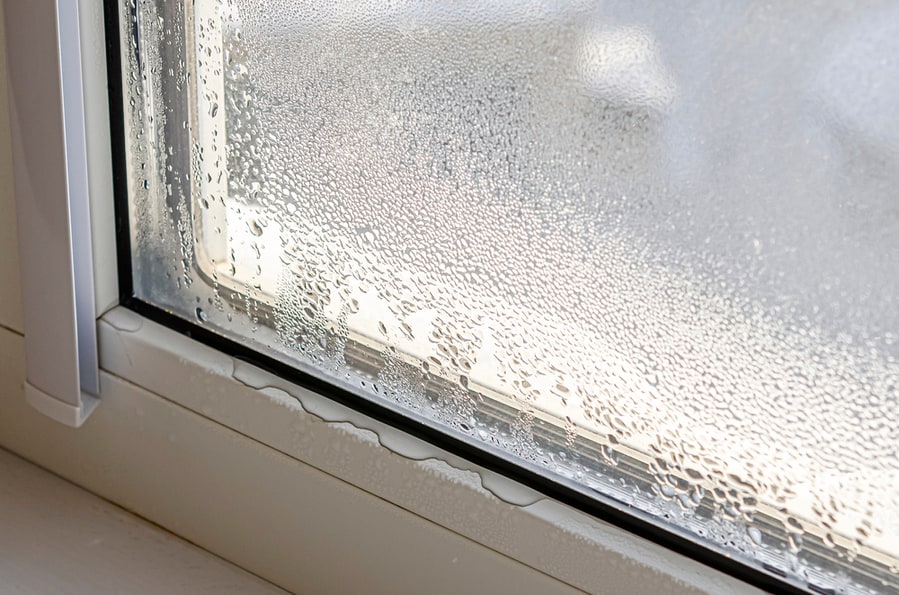
If your window sill is leaking, you need to fix it immediately. Any water leakage in your home is dangerous and prone to mold growth.
If the leakage comes from the frame or sill, you can fix it with silicone sealant. And if there is any crack in the glass of your window, it must be replaced to stop the water from dripping.
Additional Tips To Prevent Mold Growth on Window Sills
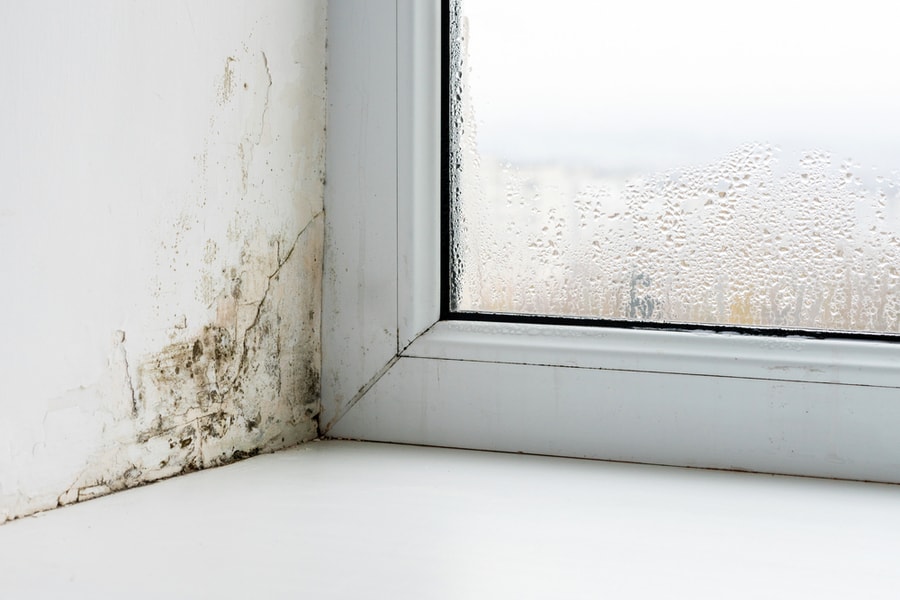
- Keep undiluted vinegar in a spray bottle and apply it regularly to your window sills to eliminate mold spores.
- Use mold-resistant paint on your window sills that keep mold from growing on the surface.
- Install a thermostat in your home and keep it at 70 degrees or above to maintain the moisture level in your home.
- Use exhaust fans in your bathroom and kitchen to ensure proper ventilation and airflow.
Final Thoughts
Although there are numerous ways of removing mold from your window sills, it is better to prevent it than remove it. But if you have noticed mold growth on your window sills, do not ignore it.
You can use bleach, hydrogen peroxide, baking soda, and vinegar to wipe off mold spores from your window’s surface.
Once removed, follow our tips mentioned above to keep mold and mildew from reappearing on your window sills.


